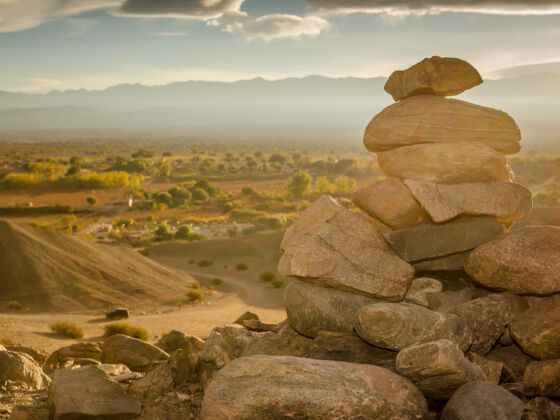1. Camarones, Patagonia
Camarones is a rare beast — a serene beach destination in Argentina. Not many of them exist.
In fact, apart from the over-crowded Mar del Plata and Miramar, I can’t think of a better place to relax by the ocean (although do bear in mind it can get quite chilly, especially during winter).
